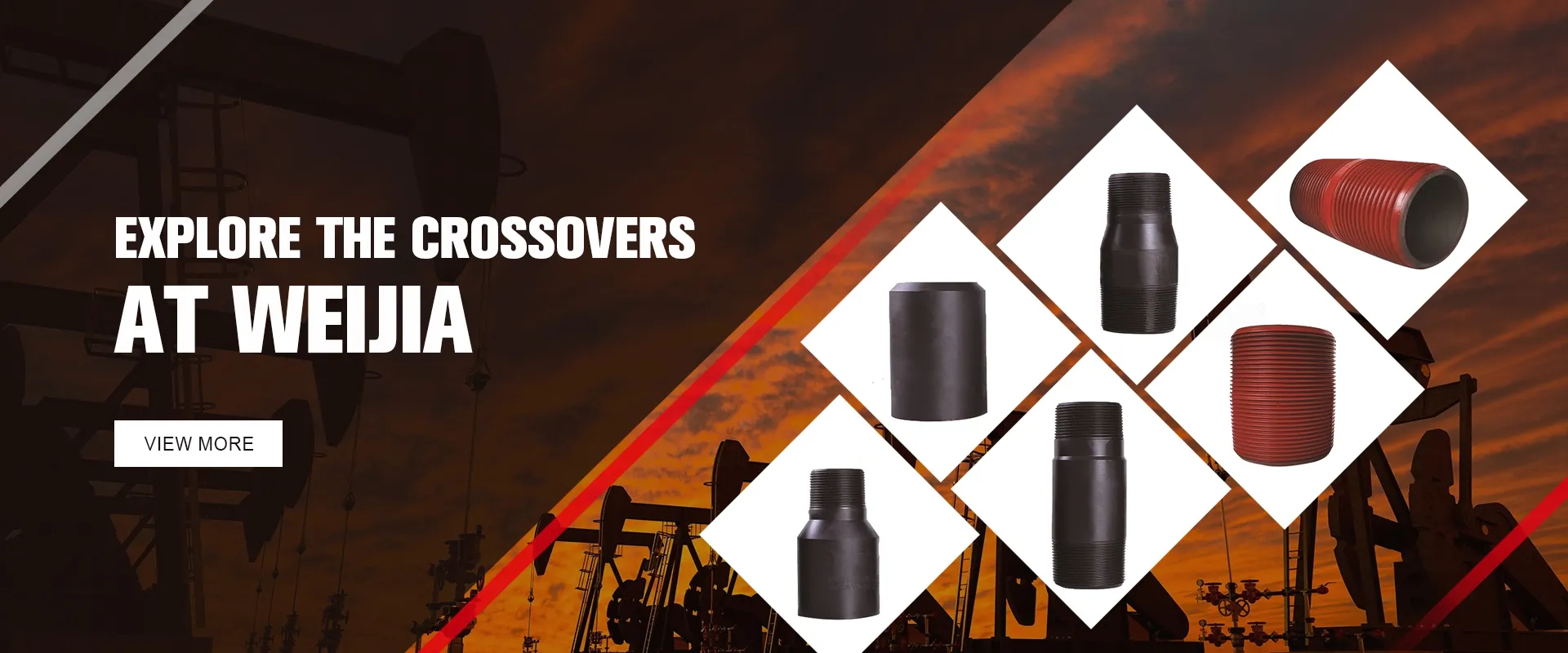- Afrikaans
- Albanian
- Amharic
- Arabic
- Armenian
- Azerbaijani
- Basque
- Belarusian
- Bengali
- Bosnian
- Bulgarian
- Catalan
- Cebuano
- Corsican
- Croatian
- Czech
- Danish
- Dutch
- English
- Esperanto
- Estonian
- Finnish
- French
- Frisian
- Galician
- Georgian
- German
- Greek
- Gujarati
- Haitian Creole
- hausa
- hawaiian
- Hebrew
- Hindi
- Miao
- Hungarian
- Icelandic
- igbo
- Indonesian
- irish
- Italian
- Japanese
- Javanese
- Kannada
- kazakh
- Khmer
- Rwandese
- Korean
- Kurdish
- Kyrgyz
- Lao
- Latin
- Latvian
- Lithuanian
- Luxembourgish
- Macedonian
- Malgashi
- Malay
- Malayalam
- Maltese
- Maori
- Marathi
- Mongolian
- Myanmar
- Nepali
- Norwegian
- Norwegian
- Occitan
- Pashto
- Persian
- Polish
- Portuguese
- Punjabi
- Romanian
- Russian
- Samoan
- Scottish Gaelic
- Serbian
- Sesotho
- Shona
- Sindhi
- Sinhala
- Slovak
- Slovenian
- Somali
- Spanish
- Sundanese
- Swahili
- Swedish
- Tagalog
- Tajik
- Tamil
- Tatar
- Telugu
- Thai
- Turkish
- Turkmen
- Ukrainian
- Urdu
- Uighur
- Uzbek
- Vietnamese
- Welsh
- Bantu
- Yiddish
- Yoruba
- Zulu
Optimizing Well Casing Couplers for Enhanced Performance and Reliability in Drilling Operations
The Well Casing Coupler An Essential Component in Oil and Gas Operations
The oil and gas industry operates in some of the most challenging environments on Earth, necessitating the use of specialized equipment to ensure safety, efficiency, and reliability. Among the myriad of components that are integral to drilling operations, the well casing coupler stands out as a crucial element for maintaining the integrity of well casings. This article delves into the significance, types, installation, and maintenance of well casing couplers in the context of petroleum extraction.
Understanding Well Casing Couplers
Well casing couplers serve as connector pieces that link two sections of casing together in a drilling operation. Casing is the series of steel pipes lined within a wellbore, designed to stabilize the well's walls, prevent the contamination of groundwater, and facilitate the extraction of hydrocarbons. Casing couplers are vital for creating a continuous column of casing, which not only supports the well structure but also ensures the safe movement of oil and gas from underground reservoirs to the surface.
Types of Well Casing Couplers
Various types of well casing couplers exist, each tailored to specific applications and well depths. The two primary types are threaded couplers and welded couplers.
- Threaded Couplers These are designed for easy assembly and disassembly. The threaded design allows for quick installation and replacement, making them ideal for temporary wells or operations requiring frequent changes to the casing design. - Welded Couplers These provide a more robust and permanent solution for connecting casing sections. Welded couplers are often used in high-pressure and deep-well applications, where structural integrity is paramount.
Additionally, couplers can be found in different materials, including carbon steel, stainless steel, and other alloys, depending on the environmental conditions and chemical exposures the equipment will face.
well casing coupler

Importance of Proper Installation
The installation of well casing couplers is a procedure that demands attention to detail and adherence to industry standards. Properly installed couplers ensure that the casing remains stable and can withstand the forces exerted by drilling operations, pressure changes, and the weight of surrounding earth. Incorrect installation can lead to casing failures, resulting in hazardous situations such as blowouts or leaks.
Drillers and engineers must consider factors such as thread engagement, sealing methods, and the torque applied during installation to ensure a secure connection. Using specialized equipment, such as torque wrenches, and following manufacturer guidelines are essential practices that promote successful installations.
Maintenance and Inspection
Regular maintenance and inspection of well casing couplers are critical in ensuring ongoing operational safety. Corrosion, wear, and environmental factors can all compromise coupler integrity over time. Routine visual inspections, as well as more thorough assessments using advanced techniques like ultrasonic testing or magnetic particle inspection, can help identify potential issues before they escalate into significant problems.
Focusing on preventative measures, such as applying protective coatings and utilizing cathodic protection systems, can extend the life of well casing couplers and enhance overall well safety.
Conclusion
In summary, well casing couplers are indispensable components in the oil and gas industry, playing a pivotal role in ensuring the safety and efficiency of drilling operations. With various types available to meet specific needs, the proper installation and regular maintenance of these couplers are essential for preventing well failures and safeguarding both workers and the environment. As the industry continues to evolve, staying informed about advancements in coupler technology and best practices will be vital for operators to maintain a competitive edge in an ever-challenging landscape.
-
Tubing Pup Joints: Essential Components for Oil and Gas OperationsNewsJul.10,2025
-
Pup Joints: Essential Components for Reliable Drilling OperationsNewsJul.10,2025
-
Pipe Couplings: Connecting Your World EfficientlyNewsJul.10,2025
-
Mastering Oilfield Operations with Quality Tubing and CasingNewsJul.10,2025
-
High-Quality Casing Couplings for Every NeedNewsJul.10,2025
-
Boost Your Drilling Efficiency with Premium Crossover Tools & Seating NipplesNewsJul.10,2025







